What is nikiri sauce?
Nikiri sauce is primarily used as a finishing touch for sushi, particularly nigiri and sashimi. Nikiri is what you see some high-end sushi places brush on top of their nigiris just before serving.
The chef will brush a thin layer of nikiri sauce onto the fish, enhancing its flavour and adding a glossy finish.
Nikiri is a mix of soy sauce, mirin (rice wine), sake and often also dashi (seafood stock), which is gently simmered. The reduced sauce is thicker, glossier and sweeter than soy sauce.
In traditional Japanese sushi restaurants, nikiri sauce is considered an art form. Chefs often create their own unique blend of ingredients to achieve the perfect balance of flavours. Chefs may have their own secret recipe, passed down through generations or developed through years of experience. This results in variations in flavour and consistency from one restaurant to another.

Soy sauce vs nikiri sauce
Nikiri is used almost like a glaze and adds a glossy sheen to sashimi, nigiri and maki. It has a rich umami flavour which doesn’t overpower the subtle flavours. Soy sauce typically is heavier and has a stronger flavour than nikiri sauce. When serving pieces like nigiri, chefs don’t want soy sauce to overpower the subtle flavours of the fish and so they use nikiri instead.
If you see a chef brush nikiri sauce on your nigiri then don’t embarrass yourself by double dipping and adding additional soy. The chef is serving it how you should eat it.
If you do end up making nikiri sauce, try a side-by-side comparison with soy vs nikiri on top of a piece of sashimi. You will instantly notice the difference.

Mirin vs sake
Mirin is a key ingredient in nikiri and you should be able to track it down at your local Asian grocery store. It is often confused with rice vinegar but has a very different flavour. It is sweeter and less … err … vinegary than rice vinegar. Don’t substitute rice vinegar for mirin!
Sake is a Japanese alcohol made by fermenting rice and should be available at most alcohol stores.
Mirin and sake might sound similar but they are quite different. Mirin is more of a cooking wine while sake is a popular recreational drink – similar to wine. Mirin is both sweeter and less alcoholic than sake. Sake is 15-17% alcohol while mirin is just 1-2%.
You won’t really see people recreationally sipping on mirin. Sake, on the other hand, is a very popular accompaniment to sushi and can be served hot or cold with a bunch of different flavour profiles available – from sweet to dry. Many high-end sushi places will offer sake pairings with their sushi.
Dashi
Dashi is a seafood stock typically made from bonito flakes (dried, fermented and smoked flakes of fish), kombu (kelp) and sometimes dried shiitake mushrooms. You can read our full dashi guide here with 2 easy to follow recipes – one of which is vegan so you won’t need to track down bonito flakes. You can also buy little sachets of powdered dashi which are great to have on hand. They save time and last forever. But if you want to make your own, great!
I’ve made nikiri several times without using dashi and have still been really happy with the results. It may not taste as authentic as traditional Japanese places but it tastes just fine to me.
How to make nikiri sauce
Add the mirin and sake to a medium saucepan and gently bring to a boil. Let it simmer for a minute or so to cook off some of the alcohol. Next add the soy sauce and optional dashi, bring it back to a boil and then lower the heat to a simmer. Simmer for 20-30 minutes, stirring occasionally. The finished sauce should be glossy and slightly thicker than soy. You should be able to brush it on easily so don’t let it boil down too much. If the sauce coats the back of a wooden spoon, then it’s ready. If it is still too thin, simmer for a little longer to thicken the sauce.
If you do use dashi, then the sauce will take a little longer to reduce so keep an eye on the thickness. Again, it should coat the back of a wooden spoon.
It’s fun to experiment with nikiri sauce, adjusting the ingredients to make it sweeter or less sweet. Taste as you go and to get a sweeter flavour, add more mirin or vice versa.
How to store nikiri sauce
Nikiri keeps well in the fridge – just make sure you pour some into a bowl and dip your brush or maki into this. If you dip your brush straight into the container, remnants of fish might get left behind and spoil the sauce.
Have fun experimenting with different nikiri flavour profiles and using it on sashimi, nigiri and even maki.
Nikiri Sauce
Equipment
- Medium saucepan
- Wooden spoon
Materials
- 1 cup Soy sauce
- 1/4 cup Mirin
- 1/4 cup Dashi (seafood stock) optional
- 2 tbsp Sake
Instructions
Reduce the sauce
- Put the sake and mirin in a saucepan on medium high
- Gently bring it to a simmer and let the alcohol cook off for 1 minute or so
- Add the soy and dashi (optional) and bring back to a simmer
- Simmer for 30-40 minutes. The sauce should be slightly thicker than soy sauce but still thin enough to spread with a pastry brush
- Let the sauce cool before using - you don't want to cook your fish with warm sauce!
- Nikiri can be stored in the fridge for 2-3 weeks

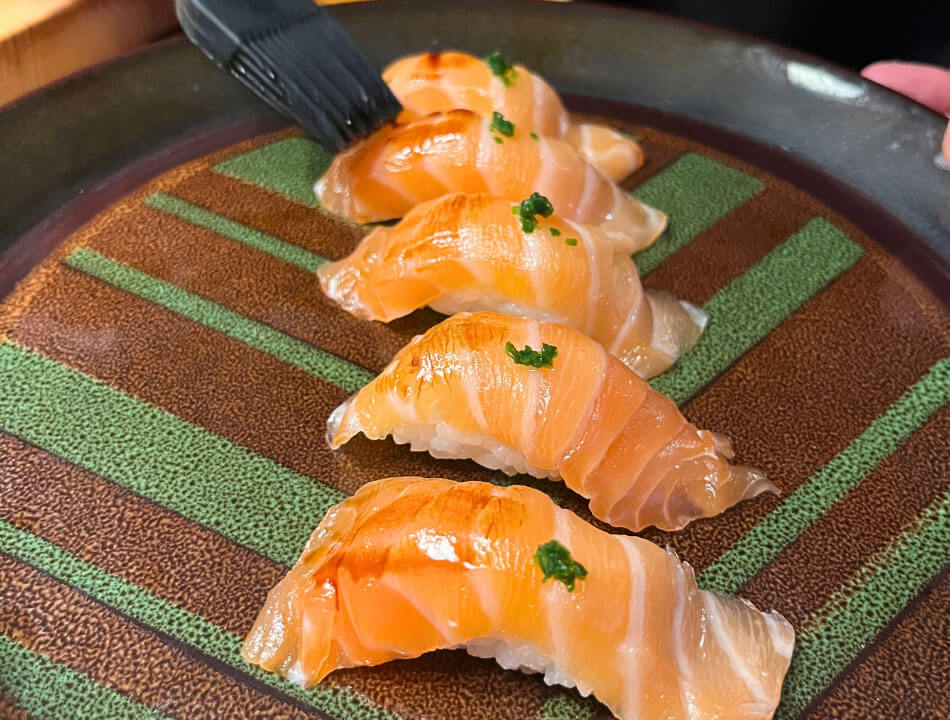
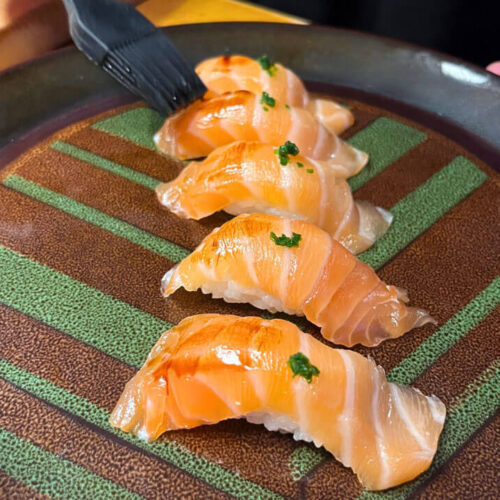
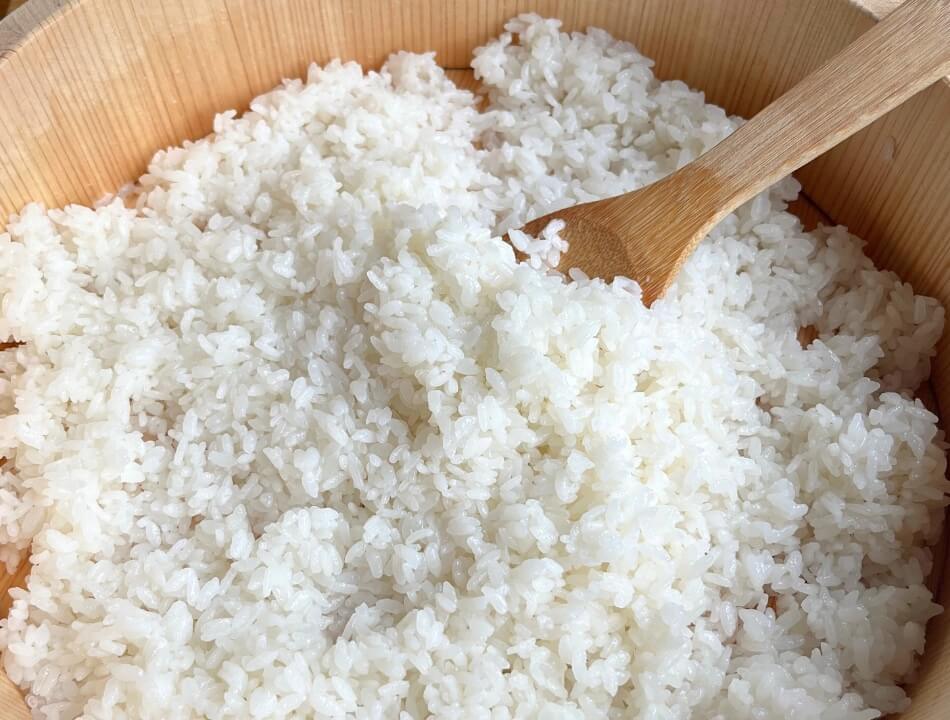
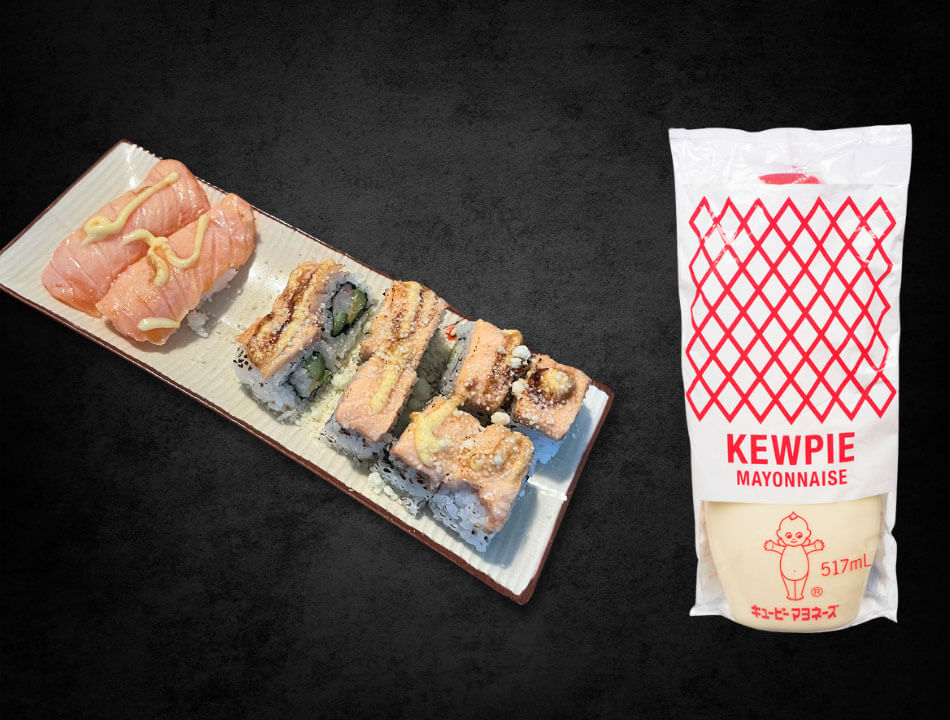
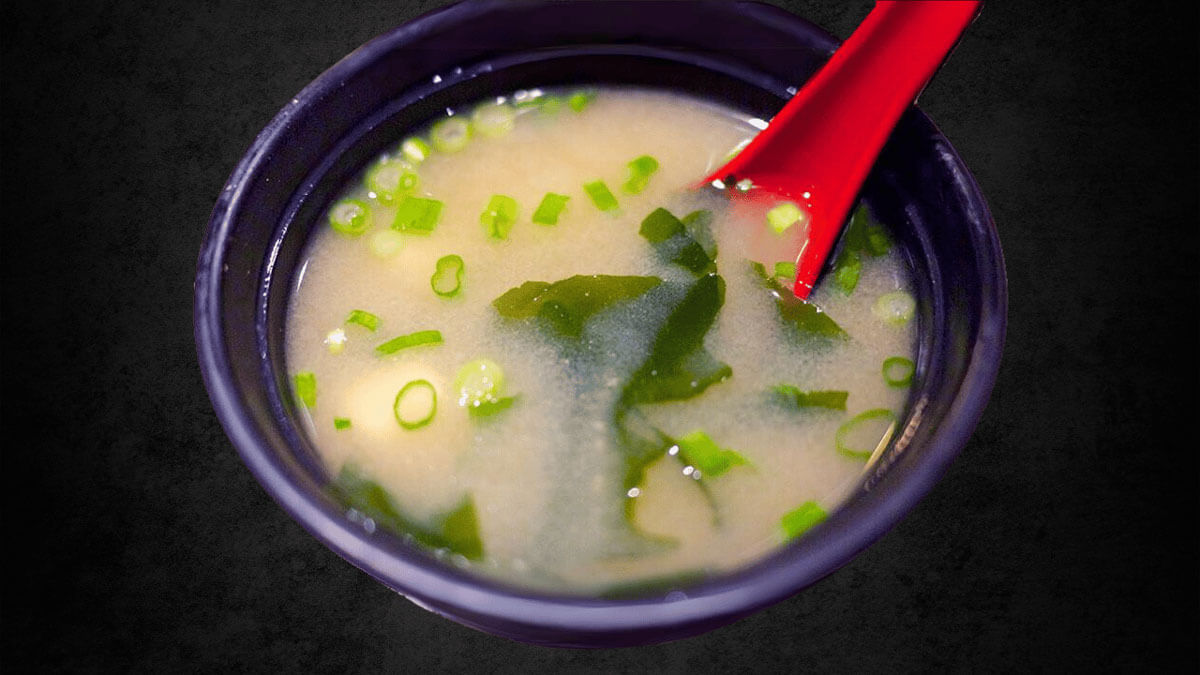
Thanks for this! I couldn’t find much information about nikiri out there but I just followed your recipe and it came out really good! I did have to simmer for 45 mins though – took a little while to thicken up.
I made this without dashi and it was still really good – thanks!